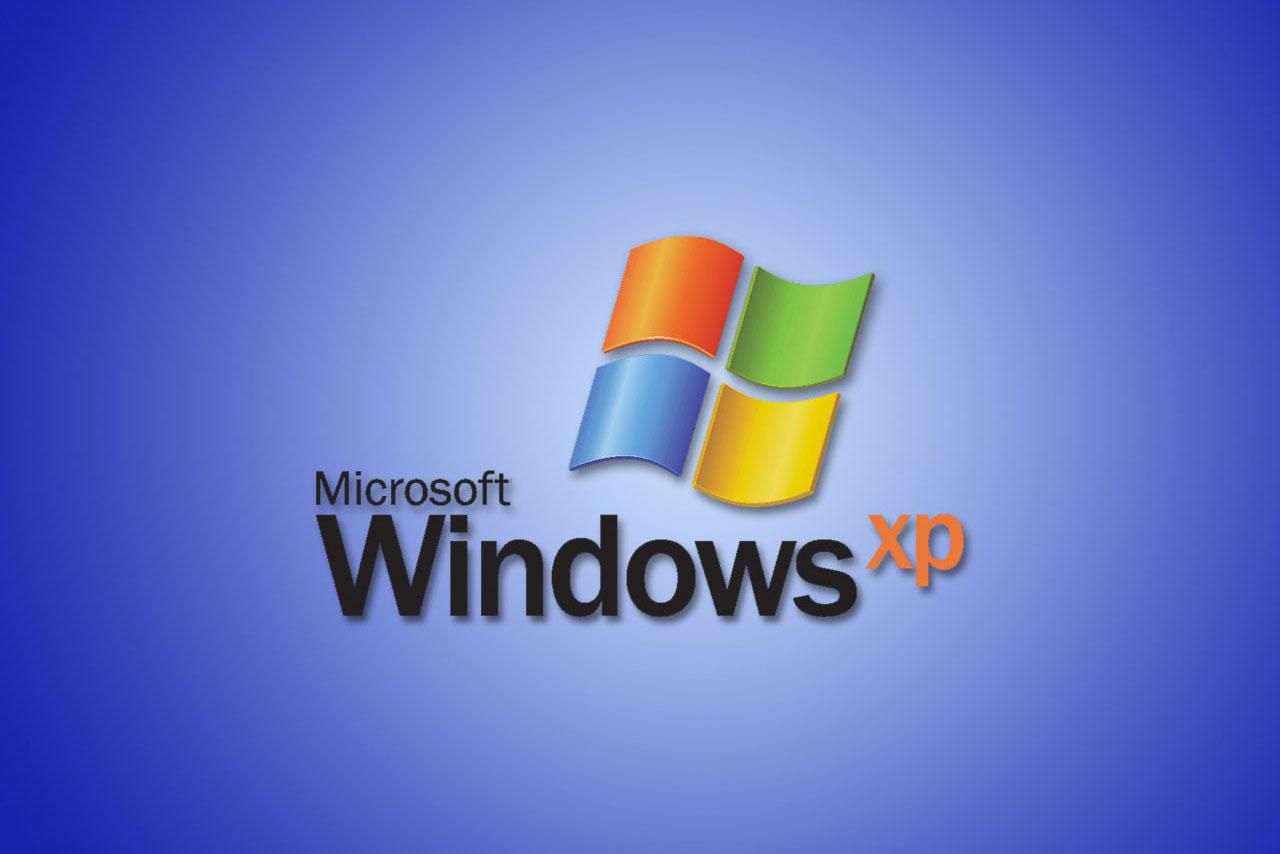
Introduction
In the rich tapestry of computing history, few chapters are as vividly remembered and cherished as the era dominated by Windows XP. Microsoft’s operating system, released in 2001, became an iconic symbol of an evolving digital landscape, shaping the way users interacted with personal computers. “Windows XP Unleashed” was more than a tagline – it encapsulated the spirit of a generation that witnessed the dawn of a new era in user interfaces, connectivity, and system stability. This extensive exploration delves into the signature features that defined Windows XP and propelled it into the annals of computing history.
The Classic Start Menu: A Gateway to Productivity
1. Familiarity and User-Centric Design:
- Windows XP introduced the world to the iconic Start Menu, a central hub for launching applications, accessing documents, and navigating system settings.
- The user-centric design of the Start Menu, featuring a cascading list of programs, offered familiarity and ease of use, setting a standard that would endure for years.
2. Taskbar and Quick Launch:
- The introduction of the taskbar revolutionized how users interacted with running applications. The taskbar, accompanied by the Quick Launch toolbar, provided a dynamic and efficient way to access frequently used programs.
- Windows XP’s taskbar was a hallmark of user-centric design, offering unparalleled convenience in multitasking.
3. Customization for Personal Expression:
- Windows XP empowered users with unprecedented customization options. From choosing desktop wallpapers to selecting color schemes and themes, the operating system allowed individuals to express their personalities.
- The emphasis on personalization turned Windows XP into a canvas for users to make their computing environments uniquely theirs.
System Stability and Reliability
4. NT Kernel Architecture:
- At the core of Windows XP’s success was its adoption of the NT kernel architecture, a robust and stable foundation that significantly improved system reliability.
- The NT-based architecture set Windows XP apart, providing a solid foundation for subsequent Windows versions and influencing the trajectory of modern operating systems.
5. Plug and Play Hardware Support:
- Windows XP was renowned for its seamless hardware support. The Plug and Play functionality ensured that users could connect and use new devices with minimal hassle.
- The broad compatibility with peripherals and hardware contributed to Windows XP’s reputation for being user-friendly and accessible.
6. Efficient Resource Management:
- In an era of evolving hardware capabilities, Windows XP showcased efficient resource management. The operating system efficiently handled system resources, offering a responsive and smooth computing experience even on a wide range of hardware configurations.
- The balance of performance and resource management became a hallmark of Windows XP’s enduring appeal.
Networking Capabilities and Connectivity
7. Broad Networking Support:
- Windows XP was a pioneer in networking capabilities, providing seamless support for both wired and wireless connections. The introduction of a streamlined networking wizard simplified the process of setting up and configuring network connections.
- These advancements made Windows XP a preferred choice for home users and enterprises alike, setting a standard for connectivity.
8. Remote Desktop Functionality:
- The Professional edition of Windows XP introduced the Remote Desktop feature, allowing users to access their desktops remotely. This innovation proved invaluable for businesses, IT professionals, and remote collaboration.
- Windows XP’s Remote Desktop functionality laid the groundwork for future advancements in workplace connectivity.
9. Internet Explorer 6:
- Windows XP shipped with Internet Explorer 6, a browser that defined the internet experience of its time. With features like tabbed browsing and improved security, Internet Explorer 6 played a crucial role in shaping the early web landscape.
- Despite subsequent browser developments, Internet Explorer 6’s impact on web browsing cannot be understated.
Multimedia and User Experience
10. Windows Media Player 8:
- Windows XP came equipped with Windows Media Player 8, offering an enhanced multimedia experience. The player supported a wide range of audio and video formats, becoming a central hub for digital entertainment.
- Windows Media Player 8 set the stage for the integration of multimedia capabilities into the Windows operating system, influencing subsequent versions.
11. Luna Theme:
- The visual identity of Windows XP underwent a significant transformation with the introduction of the Luna theme. Featuring a bright blue color scheme, cleaner icons, and a visually pleasing interface, Luna brought a modern look to the operating system.
- Luna’s design principles influenced the evolution of user interfaces, leaving an indelible mark on the aesthetics of Windows operating systems.
12. Desktop Search and Organization:
- Windows XP introduced a rudimentary desktop search feature, allowing users to quickly locate files and documents. While not as advanced as modern search functionalities, this feature was an early step towards more robust search capabilities.
- The emphasis on user-friendly organization and search laid the groundwork for evolving user expectations in subsequent operating systems.
Security Enhancements and Longevity
13. Windows Update:
- Windows XP played a pivotal role in popularizing the concept of regular software updates with the introduction of Windows Update. This feature allowed users to stay current with security patches, bug fixes, and improvements, contributing to a more secure computing environment.
- Windows Update became a cornerstone of Microsoft’s commitment to ongoing support and security, influencing the industry’s approach to software maintenance.
14. Service Pack Releases:
- Microsoft released multiple service packs for Windows XP, each introducing enhancements, security updates, and additional features. These service packs demonstrated Microsoft’s dedication to refining and extending the lifespan of Windows XP.